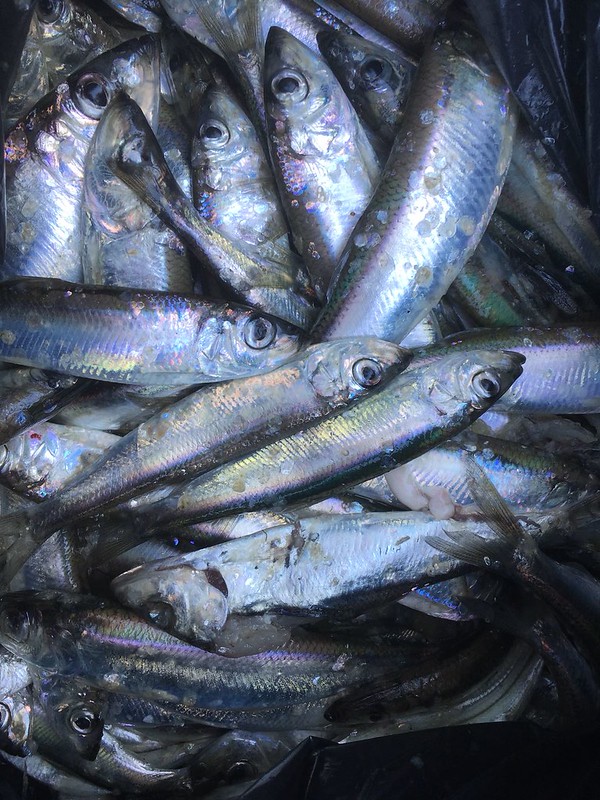Our new paper, where we investigated the effects of different environmental stressors on the lipid content of the northern Baltic Herring (Clupea harengus membras) was recently accepted for publication in the Canadian Journal of Fisheries and Aquatic Sciences.
In this study we collected herring samples from local trap net fishermen during 1987-2006 and 2013-2014 and analysed their lipid content and fatty acid composition. We discovered that the average lipid content of herring muscle has decreased on average from 5-6% wet weight (w.wt) to 1.5% w.wt. The decrease in sea water salinity and increased size of the herring stock explained best the declining lipid content. Also, sea water temperature during January-April also had a significant effect in our modelling. We estimated that the amount of the lipid storage incorporated in the spawning stock decreased by approximately 45% during the study, with respective energy content decreases. Fatty acid composition analysis revealed that herring lipids contained a high proportion of essential fatty acids EPA (20:5n-3) and DHA (22:6n-3), which likely originated from its main summertime prey, the freshwater calanoid copepod Limnocalanus macrurus – a zooplankton species that has become highly abundant in the Bothnian Sea.
Global climate change can affect the energy content of fish by altering their lipid physiology and consumption.The results of this study illustrate that various climate change induced processes are leading to changes in the lipid content of the Baltic Herring and, consequently, to changes in the energy flows of the northern Baltic ecosystem.
Read more about the project:



Leave a Reply